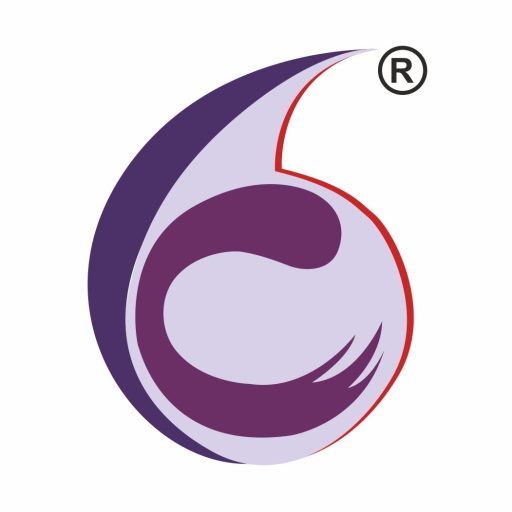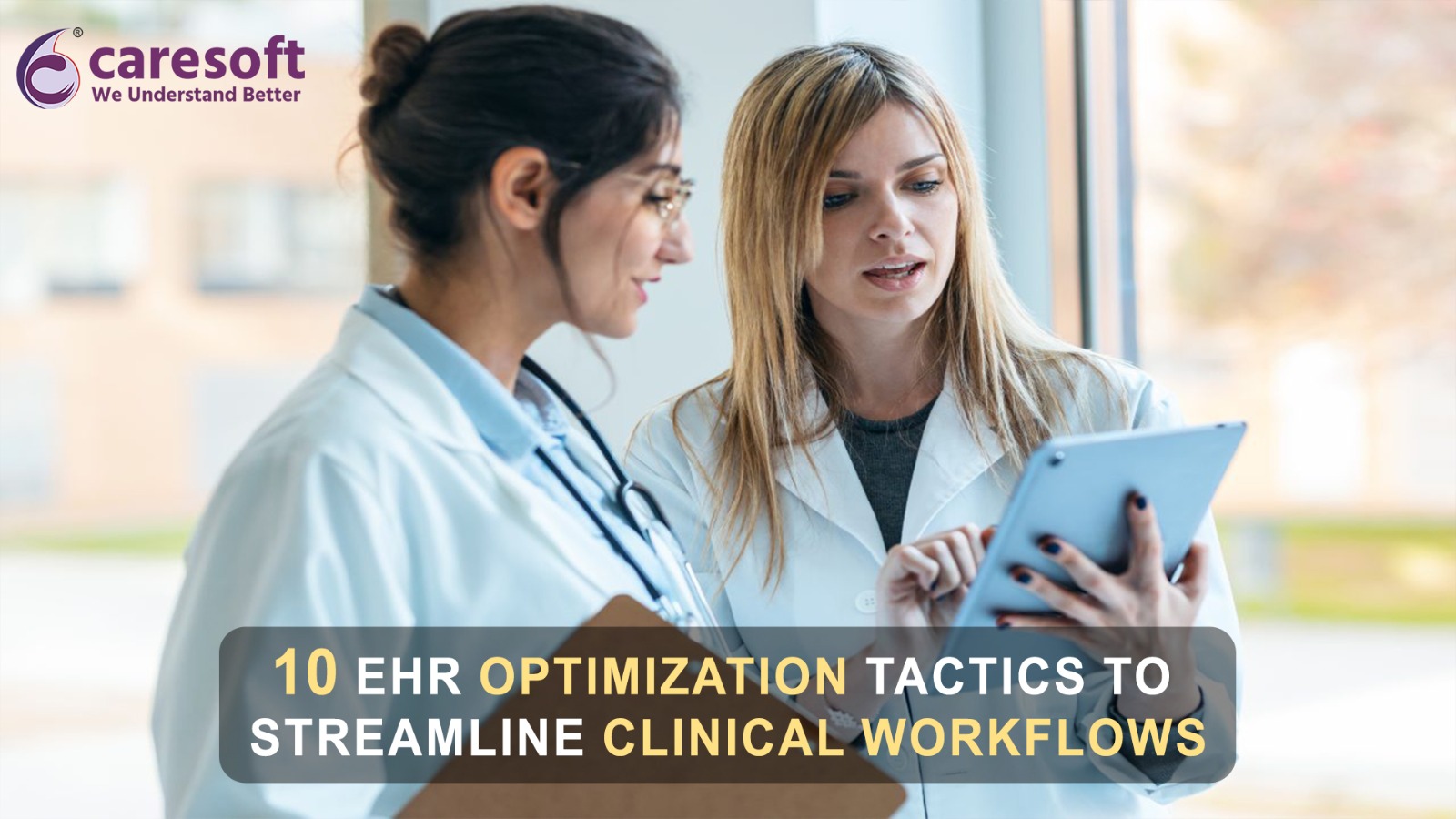Effective Electronic Health Record (EHR) optimization is crucial for streamlining clinical workflows and enhancing patient care. Here are 10 tactics to optimize EHR systems, improving efficiency and productivity in healthcare settings.
Optimizing EHRs enables better integration with ancillary systems, such as laboratory and imaging systems, fostering a more cohesive and interconnected healthcare ecosystem. Ultimately, the goal of EHR optimization is to empower clinicians with intuitive tools that facilitate accurate and timely documentation, enhance communication among care teams, and ultimately elevate the quality of patient care while minimizing administrative burden.
Enhance clinical efficiency with these 10 EHR optimization tactics, streamlining workflows for better patient care and provider satisfaction in modern healthcare settings.
- Standardize Documentation Templates: Develop standardized templates for common clinical encounters to ensure consistency and efficiency in documentation.
- Customize User Interfaces: Tailor EHR interfaces to match the specific needs and preferences of different clinical specialities and individual users.
- Implement Clinical Decision Support: Integrate clinical decision support tools within the EHR to provide real-time guidance and alerts for evidence-based care.
- Automate Routine Tasks: Use automation features to streamline routine tasks such as appointment scheduling, medication refills, and lab result notifications.
- Enhance Interoperability: Integrate the EHR system with other healthcare IT systems to facilitate seamless data exchange and interoperability.
- Optimize Order Sets: Develop and optimize order sets for common procedures and treatments to streamline ordering processes and reduce errors.
- Provide Training and Support: Offer comprehensive training and ongoing support to healthcare staff to ensure they are proficient in using EHR features effectively.
- Conduct Regular Audits: Perform regular audits of EHR usage and workflows to identify inefficiencies, compliance issues, and areas for improvement.
- Foster Clinician Engagement: Encourage clinician involvement in EHR optimization efforts to ensure that system changes align with their workflows and preferences.
- Continuously Evaluate and Adapt: Continuously monitor EHR performance, gather feedback from users, and make iterative improvements to optimize clinical workflows over time.
Implementing these EHR optimization tactics can significantly streamline clinical workflows, leading to improved efficiency, better patient outcomes, and enhanced satisfaction among healthcare providers. By embracing technology and optimizing EHR systems, healthcare organizations can deliver higher quality care and enhance overall operational effectiveness.

